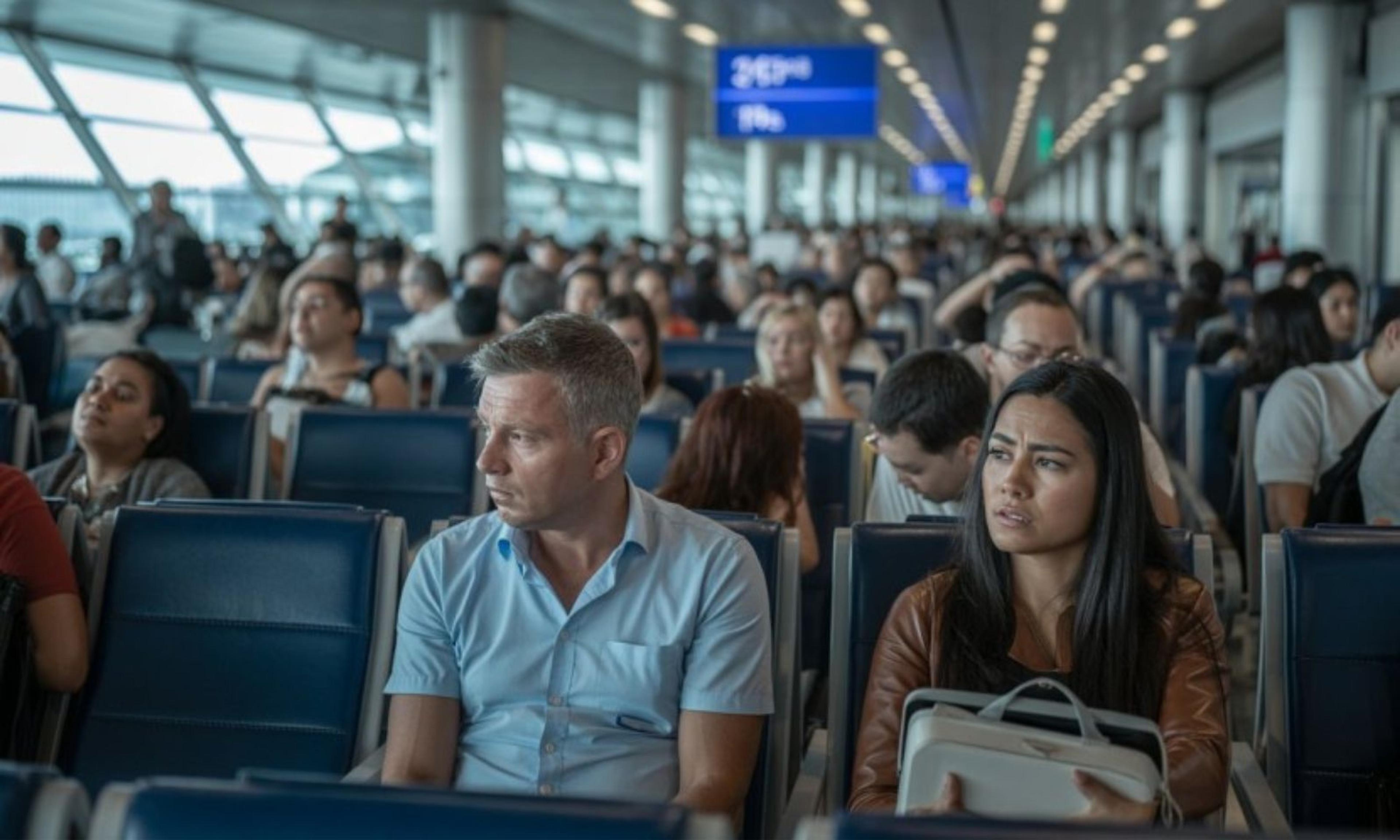

This week marks 145 years since the first ship of Indian indentured labourers arrived in Fiji.
Photo / Girmit Diaries
Pacific pride and pain: Marking Girmit Day in Aotearoa
Fijian Indian creatives and researchers in Aotearoa are helping share their unique Pacific identity as descendants of indentured Fiji Indian labourers, or Girmit.


This week, Fiji celebrated its second annual Girmit Day to mark 145 years since the first ship of indentured labourers arrived on the island from Calcutta, India.
Wellington-based visual artist Seema Singh's exhibition, Exploring the Lives of the Girmit Women, is part of Aoteroa's commemoration of the event.
“Girmit is a term that indentured Indians used to refer to the agreements they had with the British,” Singh says.
“It is a term derived from the word ‘agreement’. The name Girmit has stuck with this group and they are known as Girmitiyas."

'call number' by Seema Singh will be on exhibit next week at the NZ Academy of Fine Arts in Wellington. Photo / Seema Singh
South Auckland local Aaisha Khan started the Instagram page Girmit Diaries in 2020 to fill the gap in her own generational past.
“Girmit Day is heavy because I'm thinking a lot about the hardships that my great grandparents went through,” Khan says.
“They toiled so that you would have choices.
“I spent a lot of my teenage years trying to research my heritage and about my great grandparents. I would not find substantial information or it would be in very small doses here and there.
“Getting onboard that ship that took them from Calcutta to Fiji, I don't know if they even knew where they were going and I don't know what they were thinking.”

An indentured labour line in Fiji. Photo / Girmit Diaries
She says Girmit Diaries is a free online library for the community to find information, stories, pictures and videos about Indo-Fijian history, culture and language.
“Being indentured laborers, they were also people," Khan says.
“I feel like it is still a history that's not talked about enough in the mainstream.
“I search through books about the indenture system and just hope that there's something about Fiji in there - that is honestly what it really comes down to. But I hope that it serves as a resource that connects generations.”
She says Girmit Diaries has attracted followers from across the world and across generations.

A Girmit dwelling in Fiji. Photo / Girmit Diaries
“It's become a connecting page. People have said it’s a safe space for them to research the culture and access resources,” Khan says.
She says a lack of access to tangible evidence of Girmit history has driven this motivation to stay connected for Fijian Indians.
“If your family has things like photos or clothes, or oral storytelling, I think you're very lucky,” Khan says.
She says it’s important to give grace to Girmitya and their reluctance to speak about their experiences.
“We have to remember that maybe their reluctance to talk about what they went through came from them just being tired,” Khan says.
“They had no energy. They spent years and years toiling on those fields, being abused in every single way.
“We have to accept that maybe they were just really tired alongside feeling all the emotions that they would have felt."

A Girmit dwelling in Nausori, Suva. Photo / Girmit Diaries
But she says descendants of Girmitya should be proud of their journey.
“I think we should also feel pride, remember the strength they had, and that their DNA runs in us,” Khan says.
Singh says Girmit Day is a positive step in learning more about Fiji Indians' cultural heritage and how being born in Fiji gives a very special and unique identity.
And she wants her exhibition to help start conversations about the Girmit era and her peoples unique identity as Pacific people with the wider community.
“I have noticed how little is known about why there are so many people of Indian origin from Fiji in this part of the world," Singh says.
"I also want people to be aware of the uniqueness of the Fiji Indian identity and understand that despite having the Indian heritage which we are proud of, we are also proud Fiji citizens and proud Pacific Islanders."

'Ee amma log ke sapna hai hum' (I am the dream of these mothers), by Seema Singh
Singh’s focus on Girmit women comes from the cultural silence around their perspective, she says.
“I think there is very little written from women’s perspectives, and as a result we women sometimes lack the confidence to speak up and express ourselves,” Singh says.
Singh says she’s on the lookout for other artists of Girmit descent.
“We can be so powerful as a collective,” she says.
“We can learn from each other’s stories to take the legacy of the Fiji Girmit people forward.”
What: Exploring the Lives of Girmit Women exhibition
Where: New Zealand Academy of Fine Arts gallery in Te Whanganui-a-Tara Wellington
When: 19 to 26 May.


